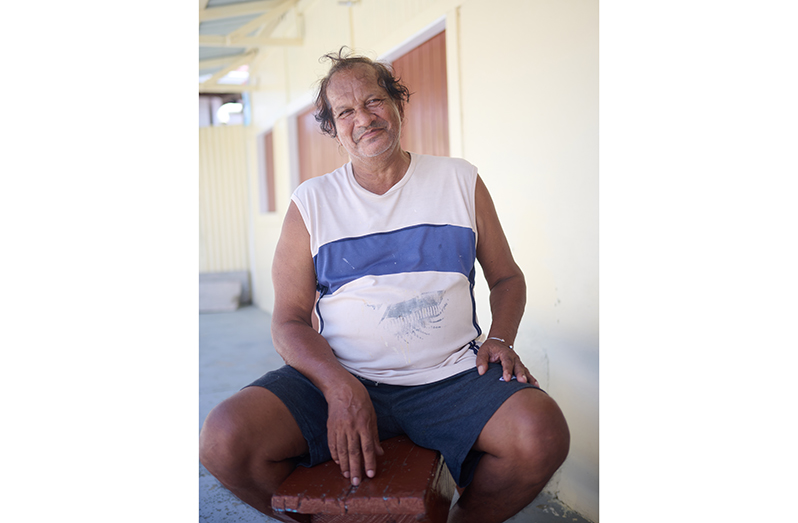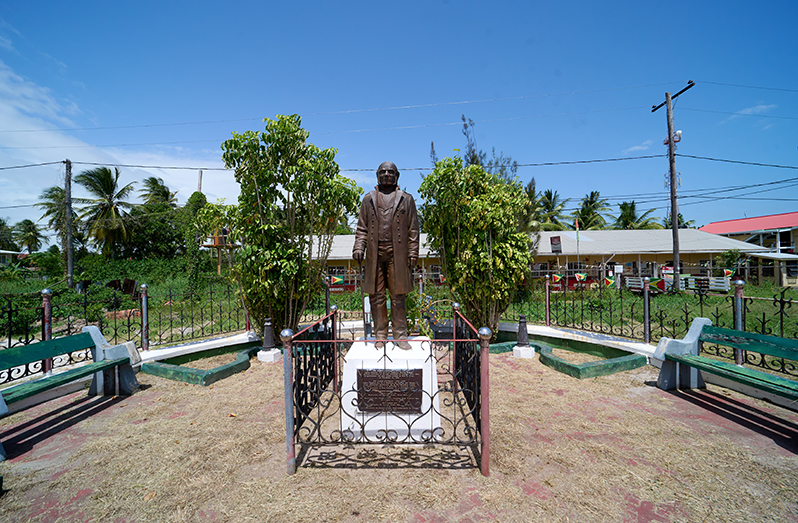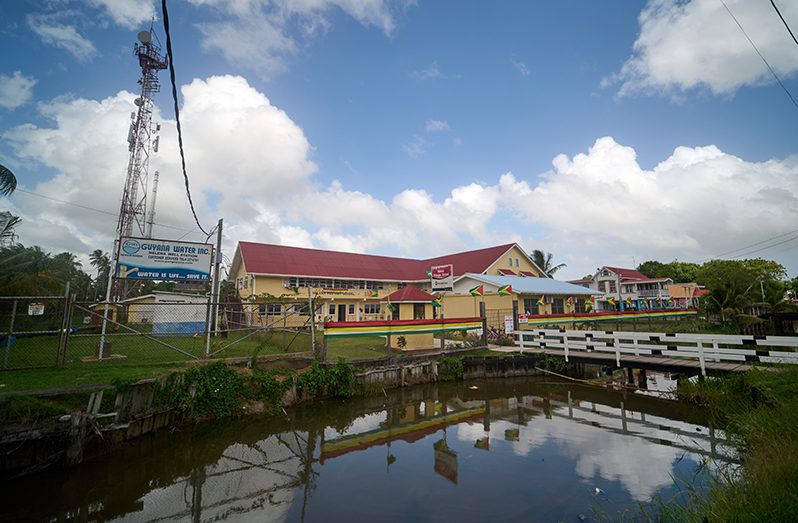Exploring the heritgage and togetherness of Mahaica’s villages
HOME to more than 11.000 people, the community of Mahaica and its subdivisions have been a mark on the road and in history. A village by the river, Mahaica is a model of communities everywhere, having fought to develop itself in the past and continues to cooperate towards a bright future.
No one is quite sure if the village or the river gained the Mahaica title first. But as far as history goes back, the Mahaica villages, like countless other communities in Guyana, had been built on agriculture, and the river played a pivotal role. Mahaica is often regarded as an integral place in Guyana, especially throughout history. Perhaps one of the reasons why Mahaica is so well known is its unique geographic location. The community can be found 25 miles from Georgetown, bordering the Atlantic Ocean, East Berbice-Corentyne, Upper Demerara, and Demerara Mahaica.
According to sources within the community, Mahaica was historically a Wesleyan Methodist parish and village. Agriculture, particularly rice farming, is written into the village’s past. As early as 1978, the Mahaicony, Abary – Agricultural Development Authority was formed to encourage sustainable development in Berbice and Mahaica areas. The community’s development was given a bigger push with the construction of one of Guyana’s first railways. In 1982, the then-governor sent a letter to the colonial office about constructing the railway that bridged the Mahaica and Berbice rivers. Among the small villages in Mahaica, the more notable ones are Helena, Good Hope, Unity, and the famed Jonestown. Helena, for instance, was established some years later, in 1896.

Life along the Mahaica River
Closest to the main highway and marking the beginning of Mahaica are the Helena and Good Hope villages. The Pepperpot took a trip down to the picturesque community of Mahaica, where we spoke to a few villagers about what life was like there. One such villager is Primnauth Narine. Born and raised in the community of Good Hope Mahaica, Primnauth says that among all the beautiful places Guyana has to offer, he believes that Mahaica is the best place to call home.
We first had to clear up some long-held misconceptions about the village’s location and subsequent sub-communities. According to Primnauth, Mahaica is the name given to all the villages that run along the river. These communities each have their own name, diverse groups of people, and some even have their own schools and health centres. However, unity has never been lost amongst the individuality of the various areas. As sixty-six-year-old Primnauth explained, “This village is very quiet, it is nice. People are happy here. Anywhere you go, people are happy. We have our ups and downs, but after that, everybody is back together.”
The community of Good Hope Mahaica is the only home that Primnauth has ever known. Working as a sluice operator, Primnauth shared memories many of the people of Mahaica have. He recounted that the community is a farming community through and through. Primnauth himself was a farmer before trading in jobs for his current occupation, that of the village’s sluice operator. He shared that, “This area is an agricultural area. Most of the people did agriculture. But as time goes, the agriculture became a little faded away.” He added that although farming was once cited as the village’s backbone, the younger generation is doing things differently than they often do. He stated that, “Most of the children are looking for jobs and they have started to work in town and so on. So agriculture has dropped. Mostly it was cash crops and rice people used to do.”

Unity in Development
Rice farming is alive and well in the community today. It is almost as rich as the community’s sense of togetherness. As Primnauth told the Pepperpot Magazine, cricket has long been a big part of the community of Mahaica. Primnauth himself is considered one of the community’s sportsmen. He shared that cricket was not more than a pastime for him; rather, he saw junior success in the sport. “I started playing cricket at a small age. I went to school, and I started to play softball cricket and hardball cricket. I played up to first division.” Primnauth is among the many community members who are working tirelessly to reassemble the community’s cricket team.
Mahaica has been one of the communities on the forefront of Guyana’s development however. For an area as concentrated as Mahaica, the village has been equipped with almost everything its villagers may need. Mahaica has become somewhat of a pseudo-township. Apart from the infrastructure developments, the villages saw many changes. As somewhat of a community leader, Primnauth shared that, “We are getting a lot of streets built, drains cleaned, and bridges built. They are beautifying the community, giving us a better landscape.”
Several villages make up what we know as Mahaica today. And the people have a saying, ‘From Unity to Virginieen’, the communities that mark the beginning and end of Mahaica. Each village is as authentically Guyanese as possible. From Unity to Virginieen, there are very few places as unique as Mahaica.




.png)









